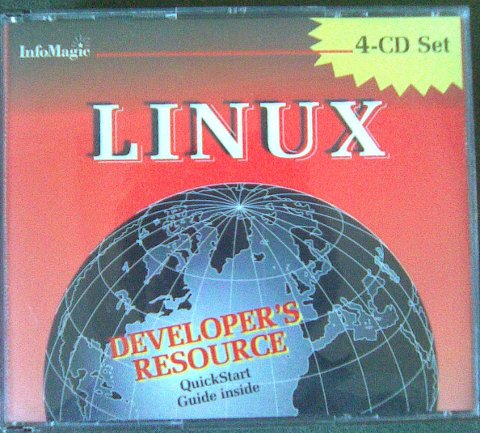Not wanting to miss anything on this short urls business, I’ve implemented something similar in nanoblogger.
How? With a shell script and symlinks, my dear Watson. As with all shell scripting this is probably something you can do drunk.
First I need to get a list of all my articles so that I can link
to them. Next I take this permalink address, pipe it through
sha1sum, take the last 10 characters and make a symlink from the
permalink path and presto: short urls

